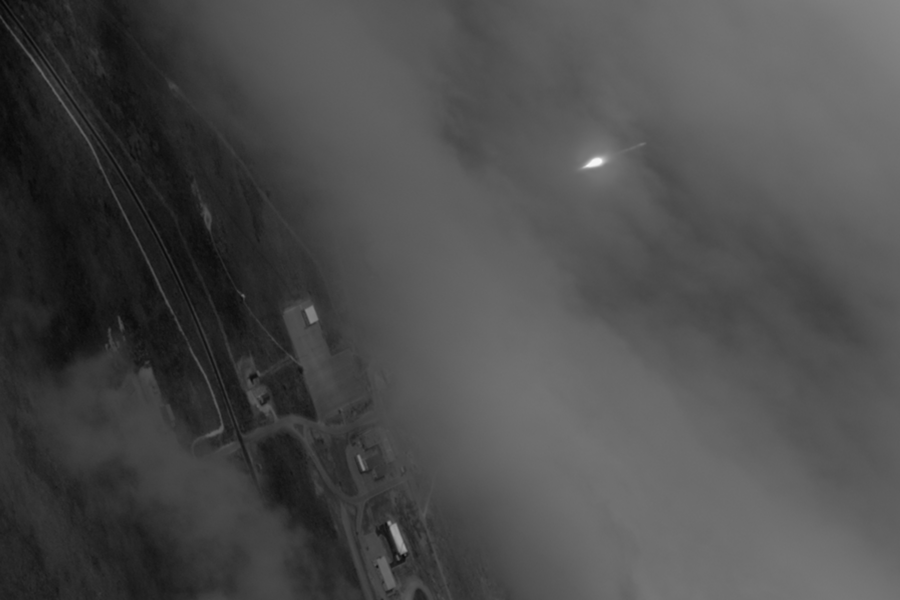I happened across NOAA’s Earth System Research Laboratory: Physical Science Division’s web site today. Looks to have quite a bit of interesting content. Among other things, their Research Highlights section includes pages on Interpreting Climate Conditions, Atmospheric Rivers [1], Improving Hurricane Intensity Forecasts, and Twentieth Century Reanalysis [2].
Notes:
- Atmospheric rivers (AR) are “relatively narrow regions in the atmosphere that are responsible for most of the horizontal transport of water vapor outside of the tropics… On average, about 30-50% of annual precipitation in the west coast states occurs in just a few AR events, thus contributing to water supply… A strong AR transports an amount of water vapor roughly equivalent to 7.5–15 times the average flow of liquid water at the mouth of the Mississippi River.”
- “Using a state-of-the-art data assimilation system and surface pressure observations, the Twentieth Century Reanalysis Project is generating a six-hourly, four-dimensional global atmospheric dataset spanning 1871 to 2012 to place current atmospheric circulation patterns into a historical perspective.”


